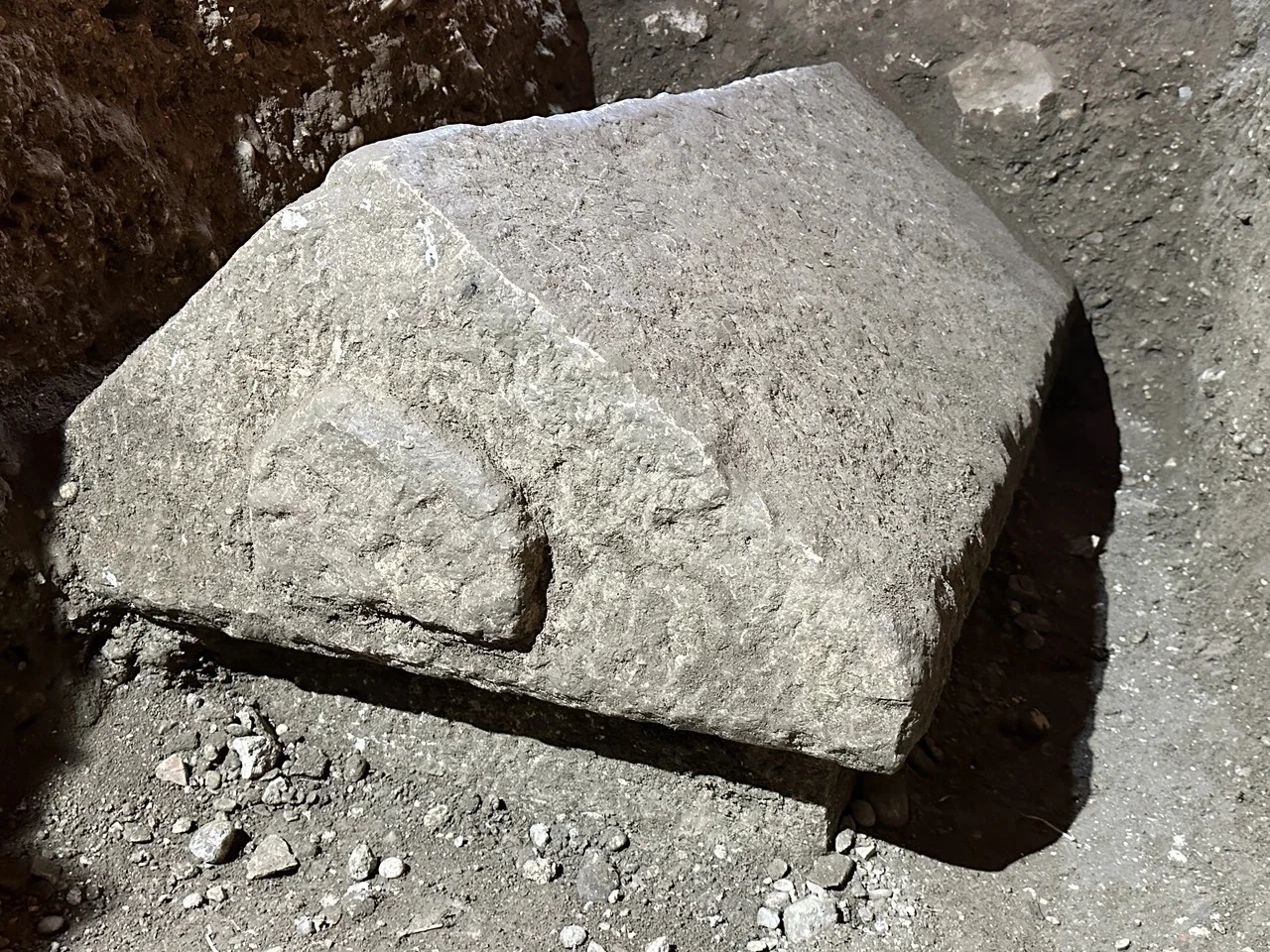Archaeologists have announced the discovery of a sarcophagus near the original burial place of Saint Nicholas at the Church of St. Nicholas, located in Turkey’s Antalya province.
Saint Nicholas was an early Christian bishop of Greek descent from the maritime city of Myra in Asia Minor. Saint Nicholas had many miracles attributed to his intercession, but is also known for his generous practice of gift-giving, which gave rise to the traditional concept of Santa Claus and Sinterklaas.
Centuries after his death, the Byzantine Emperor, Theodosius II, ordered the construction of the Church of St. Nicholas over the site where Saint Nicholas had served as bishop.
His body was exhumed and reinterred in the church, but by the 11th century AD, his remains were reportedly transferred and enshrined as sacred relics in the Basilica di San Nicola in Bari, Southern Italy.
During the First Crusade, Venetian sailors retrieved most of his remains and transported them to Venice, where they were enshrined in the San Nicolò al Lido monastery basilica.
In 1953, an inspection of bone fragments from both Bari and Venice determined that they came from the same individual, although authenticity to determine whether they belonged to Saint Nicholas was inconclusive.

Archaeologists have been conducting a two year study of the Church of St. Nicholas, which is part of the “Legacy for the Future Project” initiated by the Ministry of Culture and Tourism.
In recent excavations of the church’s two-story annex, archaeologists uncovered a limestone sarcophagus measuring approximately 2 metres in length. The sarcophagus was partially buried at a depth of 1.5 to 2 metres and has a raised lid with a pitched roof.
Associate Professor Ebru Fatma Findik from Hatay Mustafa Kemal University, said: “Our biggest hope is to find an inscription on the sarcophagus. This would help clarify the burial contents and allow us to determine the exact period it dates from.”
“While the lid of the sarcophagus has been uncovered, only a small section of the burial chamber has been exposed, and further excavation is expected to reveal more details in the coming months,” added Findik.
According to the archaeologists, the historical sources and proximity of the sarcophagus to the church lends weight to the theory that this could be his original tomb. “This could be a significant archaeological confirmation of historical sources regarding the burial place of St. Nicholas,” Findik commented.
Header Image Credit : AA
Sources : Ministry of Culture and Tourism





